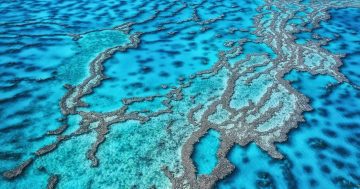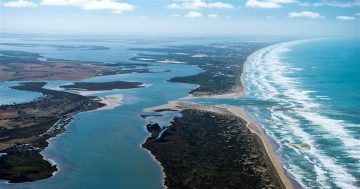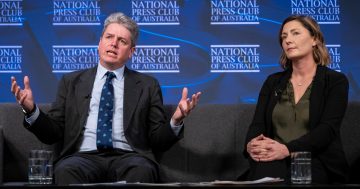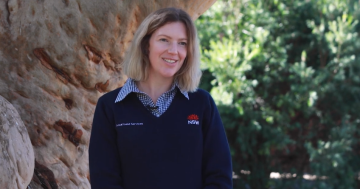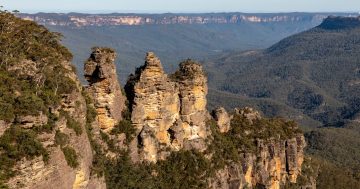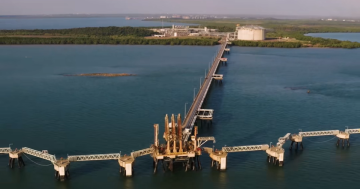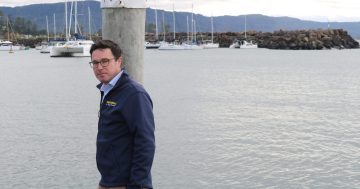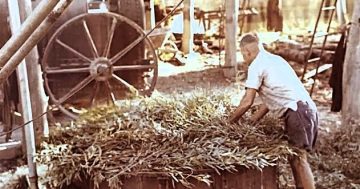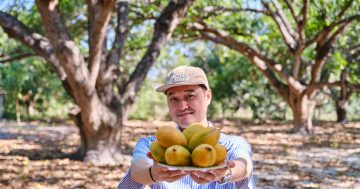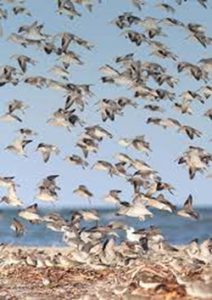 The Department for Environment and Water has unveiled a new South Australian first initiative in the capture of blue carbon and its storage at a coastal wetland restoration site to be established near Webb Beach, north of Adelaide.
The Department for Environment and Water has unveiled a new South Australian first initiative in the capture of blue carbon and its storage at a coastal wetland restoration site to be established near Webb Beach, north of Adelaide.
Undertaken on a site adjoining the Adelaide International Bird Sanctuary National Park – Winaityinaityi Pangkara, the blue carbon project produces carbon incorporated into coastal ecosystems, mostly in the plants and sediments of saltmarshes, mangroves and seagrasses.
According to the Director of Climate Change, Coast and Marine with the Department for Environment and Water, Neil McFarlane, the Nature Conservancy (TNC) has worked with coastal ecologists to select a restoration site that would have the biggest impact for the environment, as well as carbon capture and storage.
The project is expected to restore 250 hectares of coastal wetlands which will see 20,000 tonnes of carbon emissions removed from the atmosphere by 2100, significantly expanding the habitat for Australian and migratory birds including 15,000 shorebirds that are there for up to six months of the year.
Mr McFarlane said South Australia offers immense opportunities for blue carbon development and this first site is a significant step in growing the sector.
He said blue carbon ecosystems can store up to four times as much carbon per area as land-based forests and can play an important role in reducing global greenhouse gas emissions.
“Blue carbon plays an important role supporting marine life, providing protection from storm surges and contributing to coastal livelihoods,” Mr McFarlane said.
“It can also help deal with climate change by absorbing carbon from the atmosphere and storing it in soils, roots and plants.”
He said that what is called at ‘blue carbon’ can remain in the sediment for thousands of years if undisturbed, making it one of the longest-term natural solutions to climate change.
“Blue carbon is carbon which becomes incorporated into coastal ecosystems, mostly in the plants and sediments of saltmarshes, mangroves and seagrasses.”
The project is being delivered in partnership between TNC and a consortium of partners including the South Australian Government.


